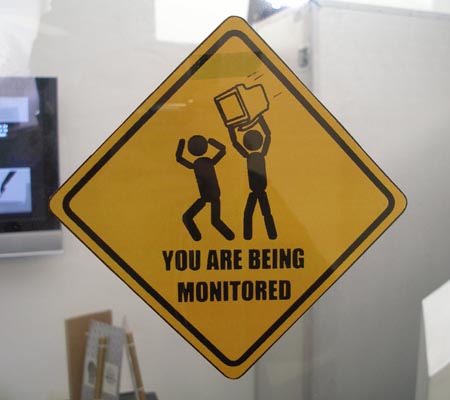It is pretty safe to say that the majority of gamers are
aware, on some level or another, of Portal. Immediately, an aware gamer will
start thinking of GLaDOS, the portal gun, a series of puzzling platformer
levels, and even the song in the ending credits, "Still Alive." Yet
with all of these memorable bits and pieces, a casual player will not dig
deeper into what makes this particular game memorable and successful. In an
attempt to guide some further thinking, I argue that the success of this game
stems from the basics.
At its
core, Portal is a platformer game but shines differently from a Mario or Sonic
game because of its star mechanic, the Portal Gun. This unique and well
designed tool defines the way a player solves the problems presented to them. As a
player, you are told that everything can be solved (with the exception of one
puzzle, but GLaDOS is lying, I swear) with this gun. Creative and liberal use
of it will lead to your success, but you are not quite sure how to use it yet.
 Now because
the designers of Portal engineered their game to revolve around this solitary
tool, the depth of the game had to be found elsewhere. That depth is found in
the creative level design, the well-presented learning curve, and the overall
theme of the game. The levels are fantastically designed. With a difficulty
curve that makes sense, the designers deliberately progressed the player
through levels that were fun, challenging, and instructive. In fact, almost the
entire game is instructive; the player does not stop learning new tricks or
mechanics until the final boss is nearly reached. And throughout this
deliberate journey, the player is fully immersed in the overall presentation of
the game. The sleek visual design, the intriguing voice over the intercom, the
challenging levels, the futuristic feel, and even the enemy turrets all
captivate the player. Because of this captivation, Portal is arguably one of
the best examples of video game design.
Now because
the designers of Portal engineered their game to revolve around this solitary
tool, the depth of the game had to be found elsewhere. That depth is found in
the creative level design, the well-presented learning curve, and the overall
theme of the game. The levels are fantastically designed. With a difficulty
curve that makes sense, the designers deliberately progressed the player
through levels that were fun, challenging, and instructive. In fact, almost the
entire game is instructive; the player does not stop learning new tricks or
mechanics until the final boss is nearly reached. And throughout this
deliberate journey, the player is fully immersed in the overall presentation of
the game. The sleek visual design, the intriguing voice over the intercom, the
challenging levels, the futuristic feel, and even the enemy turrets all
captivate the player. Because of this captivation, Portal is arguably one of
the best examples of video game design.
No comments:
Post a Comment